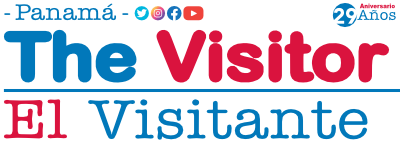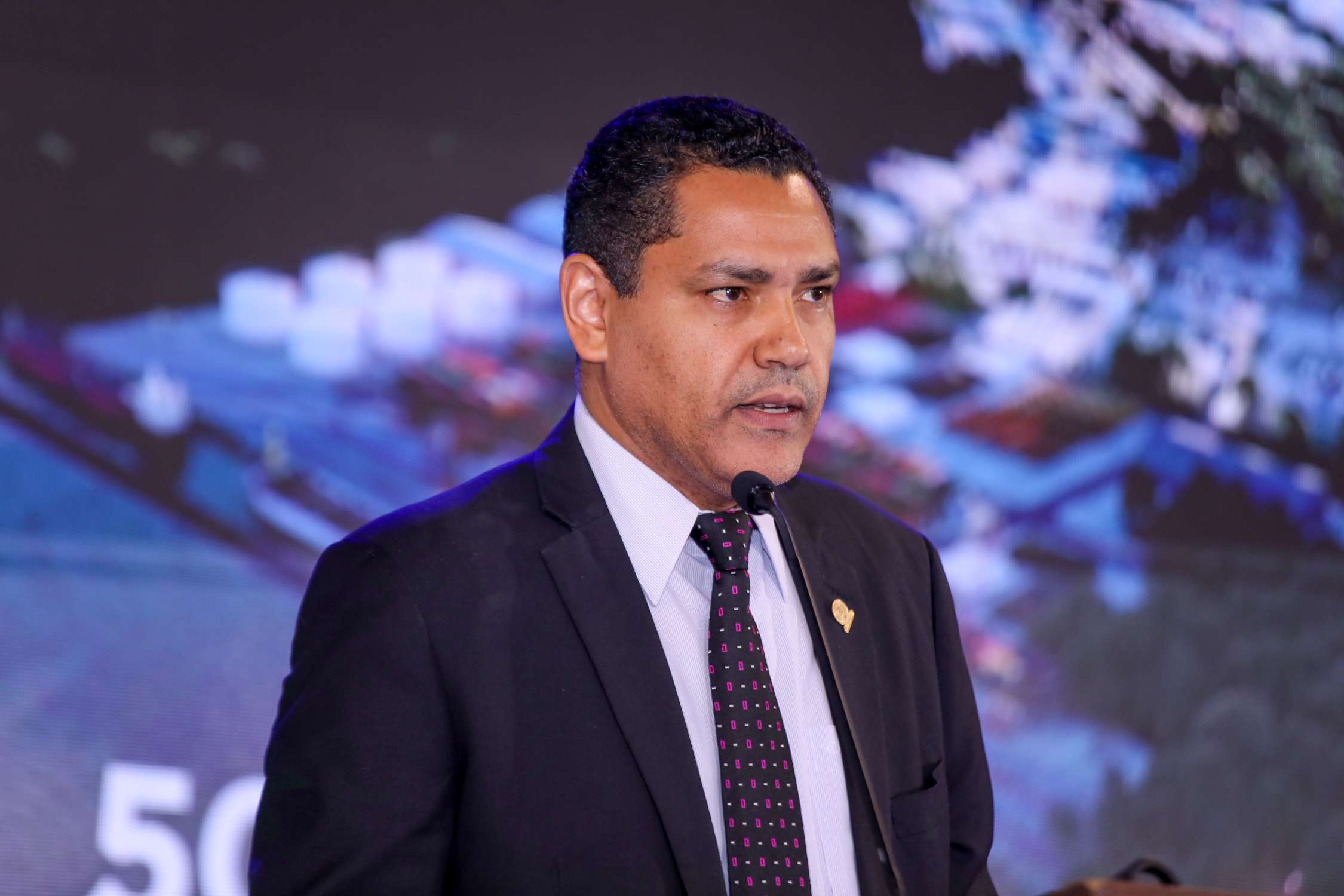Jorge Tovar is a high-profile professional with more than 10 years in the financial sector, as well as more than 16 years in the tourism industry. This time he shares his valuable time exclusively to speak with The Visitor-El Visitante about the challenges that this thriving province has ahead of it to elevate its tourism industry.
Chiriqui is a region full of natural richness, hard-working people and a lot of potential in all economic sectors, including tourism. For this reason our Special Guest for this edition focused exclusively on Chiriquí is the current President of the Chamber of Commerce, Industries, Agriculture and Tourism of Chiriquí and member of the Board of Directors of the Tourism Promotion Fund PROMTUR.
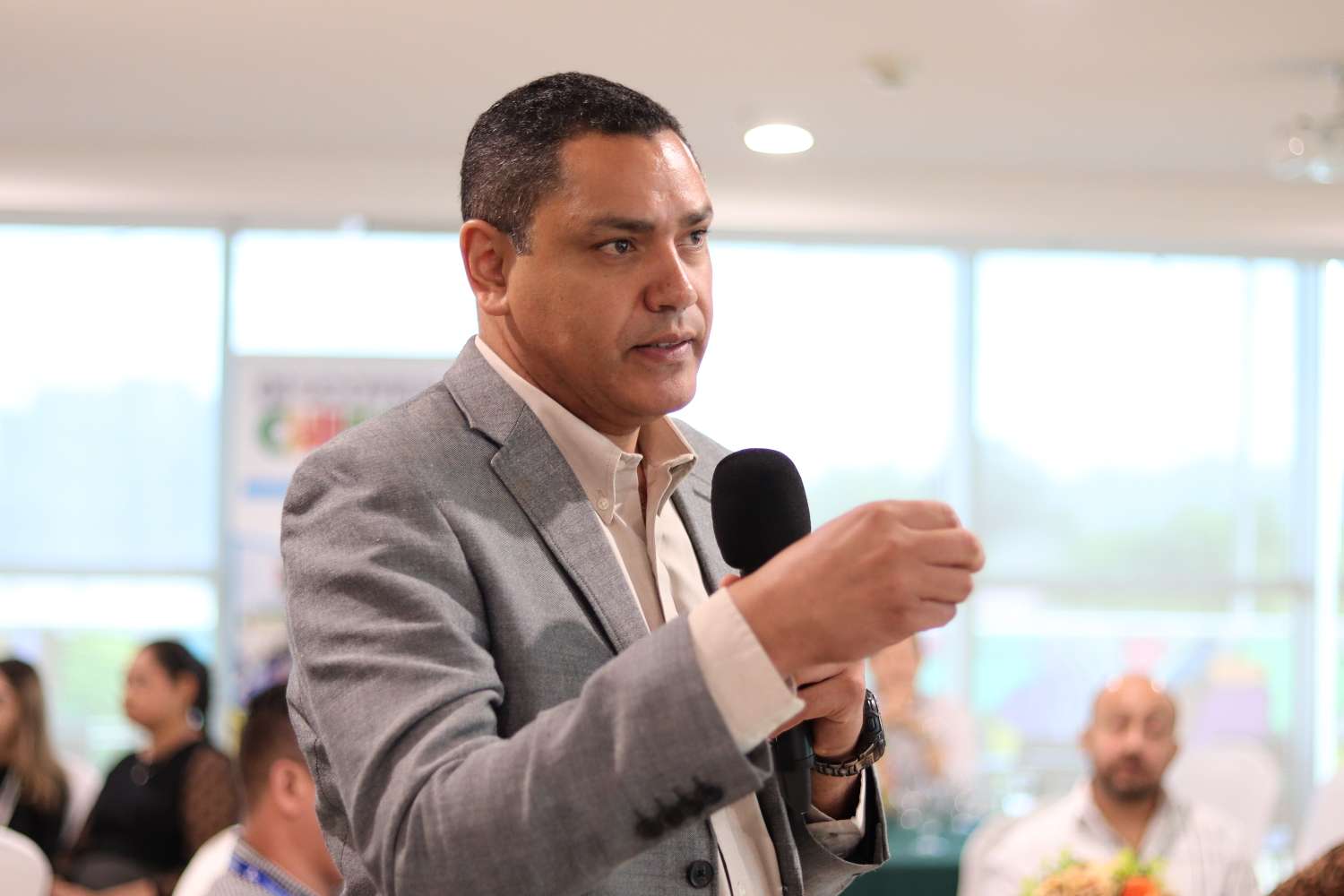
After last year’s closures there is a before and after in the province. How much did it affect and what should be done in Chiriqui to avoid being affected again in such a impactful way?
“In fact, there is a before and after the day of closures that we had during October and November. Well, this exposed many weaknesses, and mainly in terms of supply and logistics. These effects go beyond the commercial, tourist and economic. There have been effects in the emotional psychological order to the population. The experiences lived were extreme in terms of shortages of basic supplies such as fuel and gas for families in one hand, and on the other hand the damaging of jobs, increasing unemployment and ending a significant number of small and micro businesses in Chiriqui Province.
Of course the economic effects were exponential. We have to remember that the Pan-American highway, which is the main artery that connects Central America with Panama, was blocked, with significant numbers of merchandise there, some perishable, others not. Some did not reach their destination, others were seasonal products that were for certain seasons in Central America and did not make it on time for example. The loss exceeds 500 million dollars in general terms. This leaves us as a lesson that very important decisions must be made in many sectors, mainly in logistics to benefit oof the advantages that the country has, with two seas that perfectly connect the entire territory, and the lack of infrastructure to be able to fulfill this function of connectivity and logistics, throughout the country.
The few existing structures do not have the tools to achieve efficient connectivity, for example air connectivity does not have infrastructure and tools for the embarkation and disembarkation of merchandise for example. Maritime, the ports we have are very artisanal and not equipped with the tools to connect. That would be a very important area to strengthen, in fact we are already working hand in hand with the authorities and on the other hand it leaves us with a very important lesson that the agroindustry has to develop with greater strength and speed. Not transforming primary products within the region took a very important toll on us. It is very necessary at the possible speed to be able to venture into the processing of primary products to generate finished products in the food sector. A specific example was the advantage of having a milk processing plant that provided support to other companies that did not have the capacity to remove the product from the region and that played an important role. In the same way, we would need to increase, not only the process in the dairy sector, but also in fruta and vegetables, in many other products that have the capacity to be produced in large quantities, but in the absence of processing when the supply chain is interrupted. or logistics automatically tend to get lost.”
In that same sense, Chiriquí Province has long been a tourist region. What projects do you think the province requires to raise it to the level of other countries?
“There are a significant number of projects, basically focused on infrastructure and some others on important developments and initiatives such as the Green Convention Center that was postponed and we have not yet resumed that project, a project that was left over by the previous government, if it is built, it would definitely add an ingredient of internationalization to the destination, taking into account the large number of rooms that we have in David City, this infrastructure could feed that significantly.
On the other hand, the road network and the reorganization of the Logistics Center of Chiriqui and David City, needs important attention in terms of infrastructure for the development of traffic flow linked to an important improvement of the Enrique Malek airport, on which the air connectivity of the region depends, and when I mention the region, I mention not only the Chiriqui, I am including Bocas del Toro, the western region. This airport also feeds the limited capacity that the Bocas del Toro airport has, and that is very important to take into account. In addition to this, areas, for example, such as Las Lajas beach, the Gulf of Chiriqui, need greater public service infrastructure, so that development at the hands of the private sector in terms of tourism services and products becomes a reality. Areas like Puerto Armuelles, for example, in terms of infrastructure for tourism development, need a lot of attention, there is already a project approved and with orders to proceed with the first stage of a fiscal dock, however the capacity to have infrastructure for tourist service within the coast is vital. There are other issues for example Volcan Baru, in terms of its development there are projects that have been promoted, but I do not see a way to materialize.
The fact of not having basic facilities at the peak of the volcano and at the two climbing starting points; some progress has been timidly made in terms of infrastructure for hiking on the Tierras Altas area, however in Boquete, the path is still deficient, the fact of not having basic infrastructure such as a bathroom at the top of this icon of the country, is unforgivable at this point our history. And not to mention the connectivity between Chiriqui and Bocas del Toro, a land route that is 50% a disaster from Chiriqui Grande to Almirantes, this limits the flow of a network that has naturally and organically formed between Costa Rica and Panama. I would say that specifically, these three issues are urgent to address, and would generate an huge difference in terms of the capacity we have to attend visitors and depending on the interest that we can transmit we can have many more in the region.”
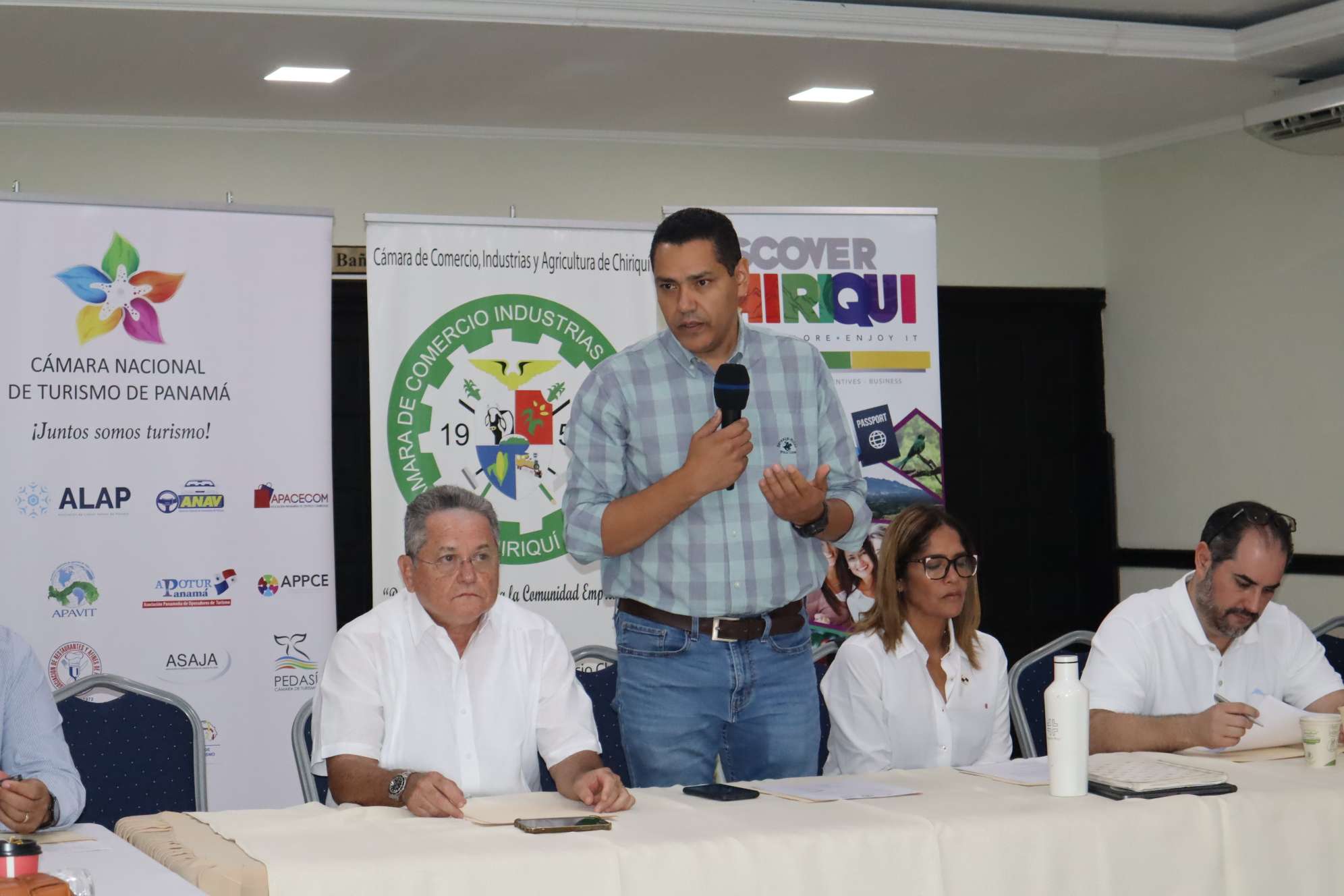
You mentioned Las Lajas beach among the areas that need infrastructure. Is there a project that will be develop in this area?
“There are attempts by local governments to try to improve infrastructure, however the need is much greater in scope of the budget that a local government manages, these must be development projects of national level, in order to really generate conditions that can motivate private investment as I said before. There are already private investments established there, but are very small, it is a shame not to count with a beach Boulevard at least 3 kilometers where international-class services can be installed to attend local visitors and foreigners. I think it is very important that the issue of beachfront property nerd to be solve, and that there are infrastructures that can serve as a truly touristic environment for the country.
Continuing with agrotourism, there are a large number of options to choose. Is there any plan to make the information more accessible and complete for visitors?
“The information that tells the benefits of the destination are purely private. Except for a specific case such as the Coffee Circuit, for promotion purposes they have some government support. However, a specific plan for the region, we only have it through the international promotion strategies that PROMTUR carries out with priority destinations. We believe that it is necessary, given the value that Chiriquí and Bocas del Toro have, let’s say that the western region, as a tourist product, elaborates in detail and with much more scope, an exhibition plan for these attractive tourist products, much more focused on the markets to which these products are most relevant. The efforts that have been made through the Chiriqui destination brand “Discover Chiriqui” and that have Bocas del Toro, have been very important, but not enough to establish themselves permanently in international tourism. We have worked very hard so that national tourism increases, formalizes and becomes a permanent source of flow of visitors. but we have not been able to break the cycle of seasonality and it is part of the objectives. For this, the investment that must be made and the consistency that a multi-year campaign would have to have is key, and based on this by 2024, after so many calamities, closures and pandemic, we finally believe we can establish that consistent and multi-year promotion plan. with a greater reach than we have had.”
The Ngäbe culture has a great influence on the economy and the tourist experience in Chiriqui. Are there plans or projects to promote their culture within the region’s tourist network?
“Of course yes, the ethnic product within the Master Plan has great relevance. For Chiriquí, the advantage of having a regional area that, in addition to being extensive, is very rich in natural resources, has been key and will continue to be so. There are already tourist products based on the Ngäbe community.
In its natural resources, for example the ‘Kiki Waterfall’, everything that has developed in its surroundings is witness of what I am saying. However, it is necessary to grow this tourist offer related to the Ngäbe Bugle Region, in cultural matters. We believe that due to its proximity to the Gulf of Chiriquí, and that connection between the sea and the mountains that they occupy, it has tremendous potential, and it is being timidly exploited. Of course, the social gap that was largely evident on the last days of November 2023 is an issue that needs to be addressed. We understand that there is already progress by international organizations, the national government and the private sector, so that these social challenges are addressed and that they are not a limiting factor in the development and integration of the ethnic and cultural product that the Ngäbe Bugle Region represents within the entire tourist offer of the western region, because the Region extends to Bocas del Toro and even to Veraguas.”
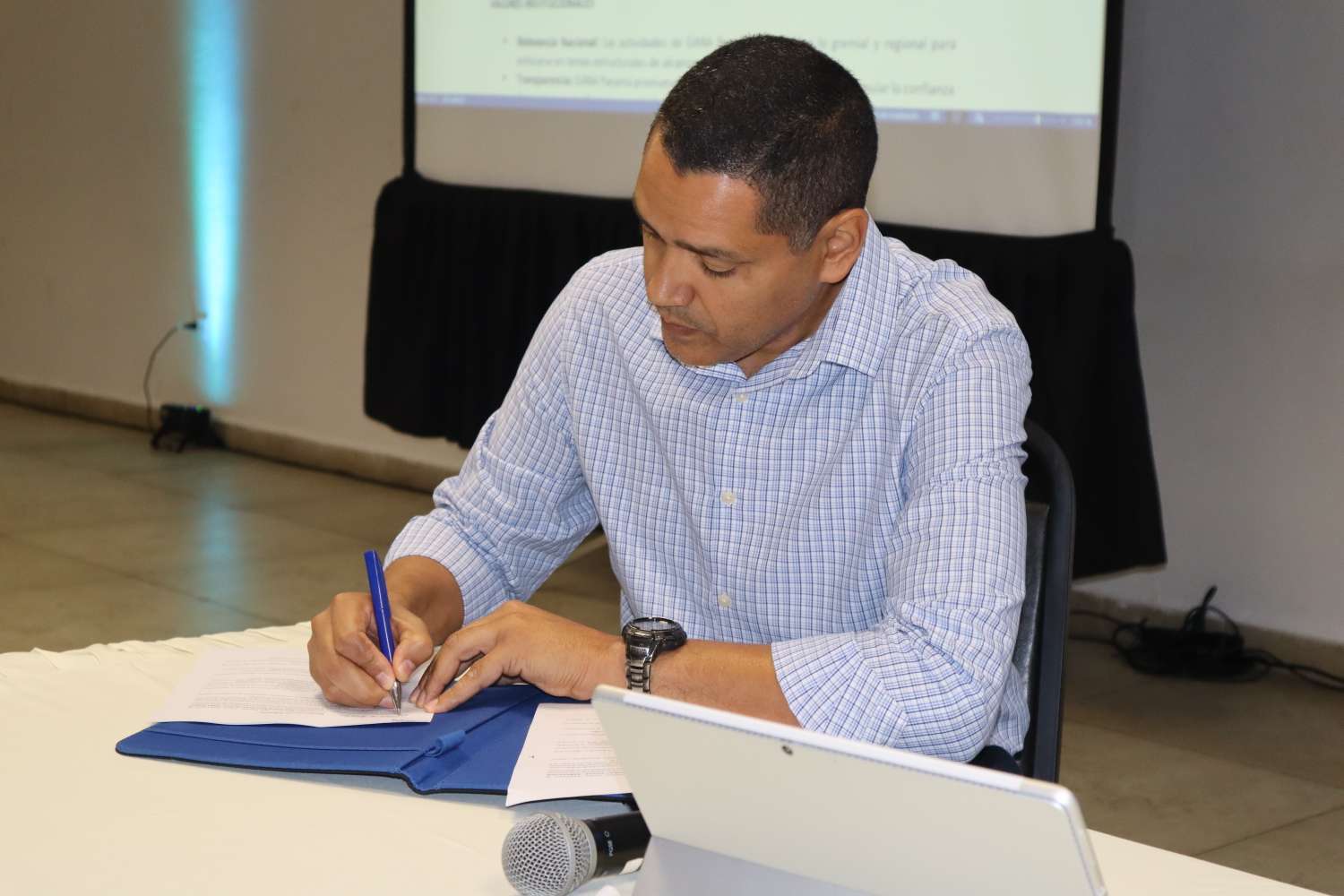
Outside of Boquete and Tierras Altas, what are the areas that you believe have the potential to be developed due to their history, culture and projection?
“In general terms and geographically speaking, we have to talk about the western area, which strengthens an international tourism product. We have just mentioned the issue of the Region, that is a key issue. For example, the Gulf of Chiriquí in all its extension from the border with Costa Rica to Veraguas, the great Gulf of Chiriqui with all the islands that are contained within this great body of water, and with all the development that has been advancing, specifically with the areas of Boca Chica and the areas that surround it, are already a growing coastal marine product. So I would add these areas: Las Lajas, Boca Chica, Playa Hermosa, Punta Bejuco, the Paridas archipelago, Paridas Island, the Barquetas area, Puerto Armuelles and all the beaches that make up that coastline would definitely have to be incorporated throughout time into the Tourism Master Plan, which is dynamic and reviewable every five years, and which definitely accepts changes based on reality in its five-year process. And of course the agro tourism sector in the center of the province of Chiriquí particularly, also with Bocas del Toro with cacao, in fact there are already some tourist products that already exist in this area.
Of course with coffee it will continue to grow. Also sugar cane is another product that has not been fully developed, however has a cultural concept linked to the culture of the families in the panela producing sector and its products. The sugar cane and sugar industry, of course, is linked, and the production of Rum. These are experiences that already originated in agro tourism and are attractive products to develop experiences for local and foreign visitors.
I mentioned at the beginning that we had to pay attention to David City, and I didn’t mention it and it is the Historic Center of David. A lot of culture and history and many infrastructures that have enough value to be rescued and enhanced, a project exactly like the renovations that have been carried out in Casco Antiguo Panama City.”
